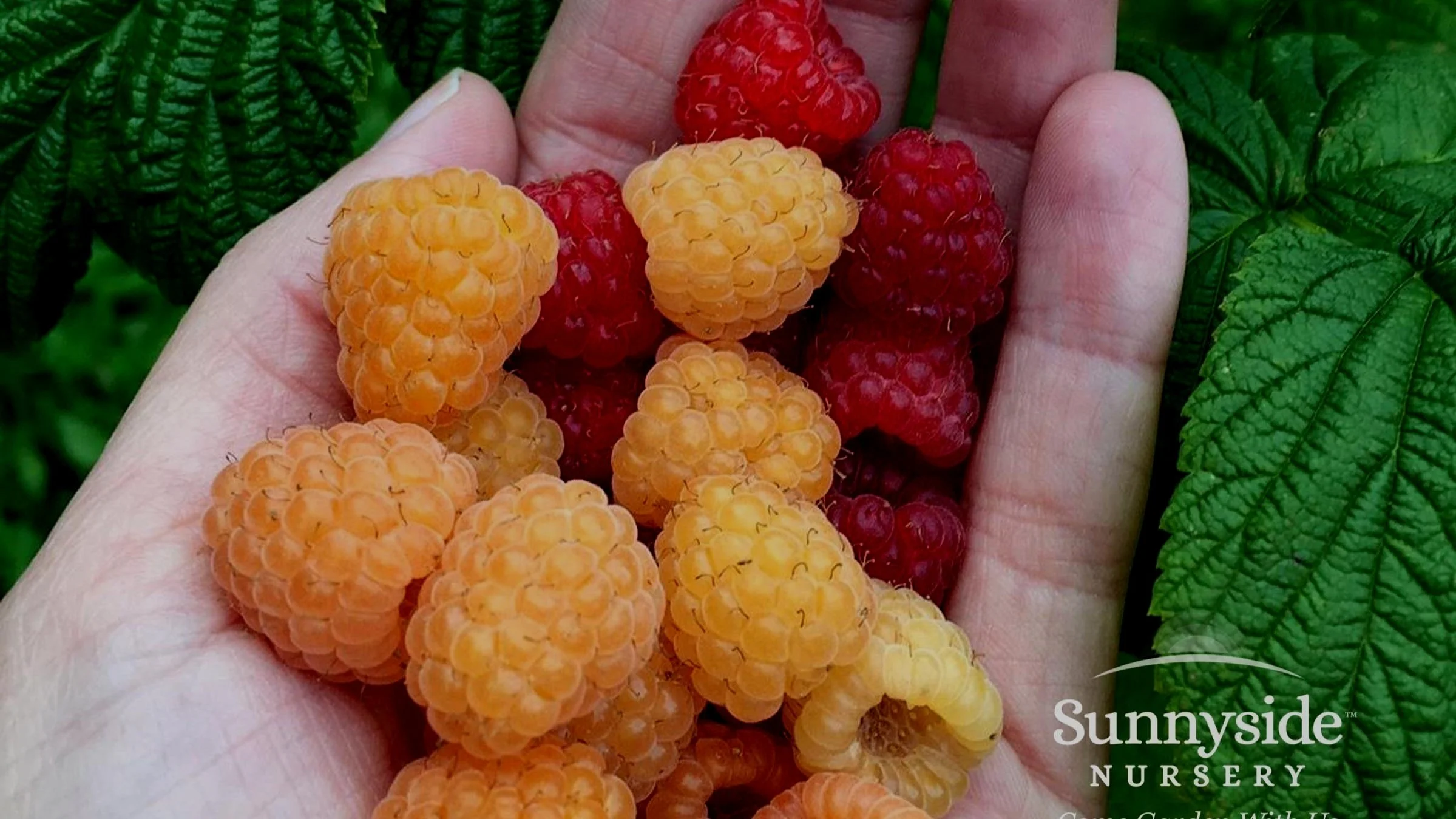I know it isn’t really winter yet, but with all the rain and grey skies it sure feels like it. While most of the plants in our gardens are done for the season, there are a few surprises out there that can keep our gardens interesting during these dark and damp days. Here are several that are tried and true that I highly recommend.
Winter heather: While this is a very pedestrian plant for us, it shouldn’t be overlooked. It will bloom from November through May and when properly maintained (you should be shearing your heather right after it finishes blooming in the spring) it can last for years. The flowers come in white or various shade of pink and the plant can be kept around 12 inches tall for many years. Plant heather in the sun near the edges of the garden or in rockeries and enjoy its color all winter long.
Sasanqua camellias: Camellias typically come in two forms, the winter bloomers which are the sasanqua varieties and the spring bloomers which are the japonicas. Of course breeders have crossed these two varieties so there are lots of hybrids out there that have traits of both parents. These days you can find all sorts of camellias blooming throughout the winter. A quick trip to the garden center will reveal white, pink, red, single and double bloomers on plants with dark green glossy leaves that can make a nice addition to the north or east side of the garden. Sasanquas can even be trained onto a trellis or espaliered on a wall. I prefer the Sasanqua varieties because their flowers are smaller, daintier and usually single, therefore they hold up much better in our winter rains. For a winter pick-me-up you can clip several blossoms and float them in a shallow dish or vase.
Fatsia: Known as Japanese Aralia, this is a tropical-looking shrub that grows best with some afternoon shade and blooms this time of year with unusual looking white flowers. I have to confess that the flowers are somewhat anti-climactic, for it is the foliage that is the strong suit of this plant. New varieties (Camouflage and Spider Web) have striking variegated foliage that will add visual interest to the dark side of the garden. If this plant gets too tall for your garden you can hack it to the ground and it will put out lots of fresh growth and look great for several years, making it very adaptable to the whims of the gardener.
Mahonia: Also known as Oregon Grape, the Mahonia I want to tell you about is a hybrid that looks quite different from our native variety. Charity, Winter Sun and Lionel Fortesque are three selections that bloom this time of year with bright yellow flowers and have a sweet fragrance that attract hummingbirds like crazy. The foliage is “heavily armored” (which is plant geek talk for prickly or spiny) but the leaves are evergreen, just like all three of the above plants. I should also mention that this plant is also a standout in the spring with its bronze new foliage and clusters of blue berries in the summer. Mahonias are tough as nails and can be planted in sun or shade.
Hellebores: A sturdy group of evergreen perennials that start blooming now and depending on the varieties, can bloom into March. The ones blooming now are known as Christmas Roses and come in shade of pink and white, while the spring bloomers are Oriental Hellebores and come in many delicious colors and can be single or double. Both prefer some shade and once established rarely need dividing. You can learn all about hellebores this coming Saturday at the nursery.


